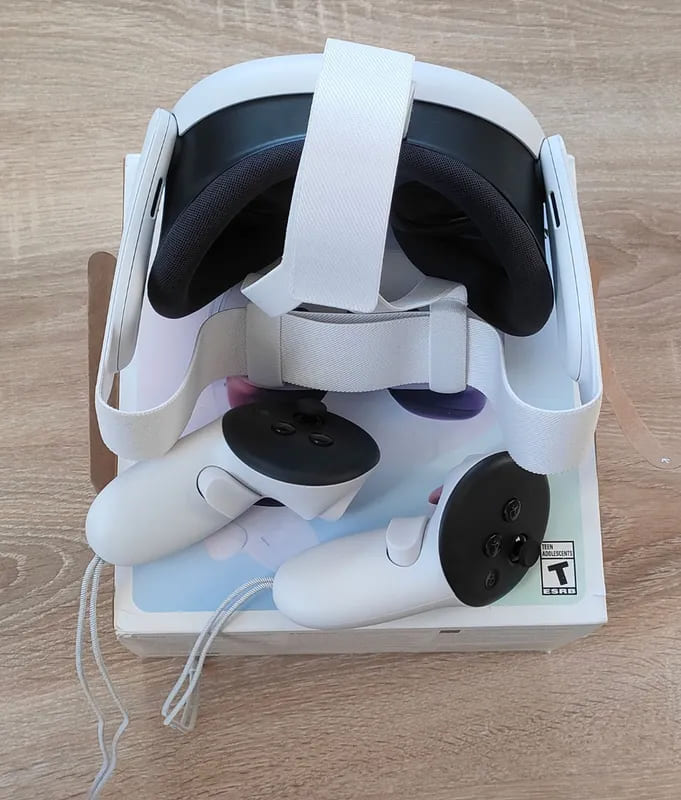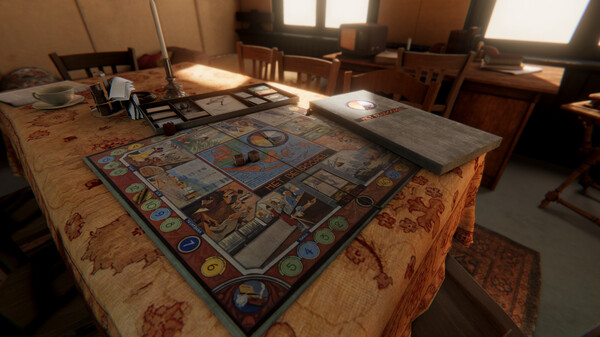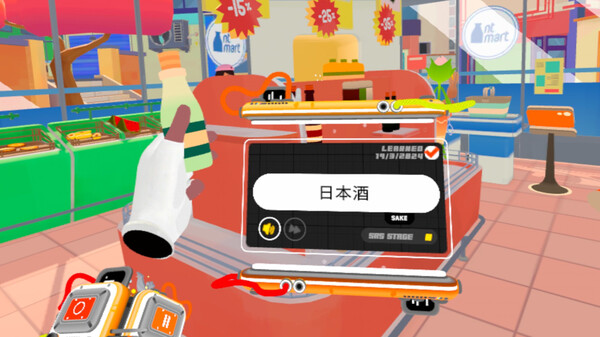

Virtual reality in education is rapidly transforming how students learn. Rather than relying solely on lectures, VR headsets for schools bring interactive-classroom activities right to your campus. Whether it’s a high-school STEM lab or an elementary program, the benefits of virtual reality in the classroom include:
Immersive Engagement – Students dive into historical sites, walk through virtual biology labs, or explore cosmic phenomena without leaving school grounds.
Practical Accessibility – Standard labs can be expensive or limited in scope; VR solutions for schools let you simulate labs for everything from physics to chemistry.
Personalized Learning – Each student can learn at their own pace, replaying lessons or trying new scenarios for deeper comprehension.
As technology in education continues to evolve, teachers can harness these VR education services to help students connect classroom theory with real-world applications.
When choosing the best VR headsets for education, consider factors like resolution, comfort, battery life, and warranty. Below are four standout devices that can significantly enhance learning in VR.

Why It’s Great: Equipped with pancake lenses for crisp visuals, plus strong processing power and body-tracking capabilities. Offers a blend of virtual reality and mixed reality, letting students explore both digital worlds and augmented physical spaces.
Ideal Use: Suited for higher-level tasks, such as VR physics simulations or complex STEM lab projects, thanks to its high resolution.
Price: Around €583 for the 512 GB version (three-year warranty).

Why It’s Great: A more affordable alternative to the Quest 3, featuring Fresnel lenses and slightly lower resolution. Still powerful enough to handle immersive classroom VR experiences.
Ideal Use: Perfect for schools on a budget seeking robust VR in the classroom with reliable performance.
Price:
128 GB model at €365
256 GB model at €454 (both options have a three-year warranty)

Why It’s Great: Offers a hot-swappable battery, so you can run continuous sessions without waiting for a charge. Slightly higher field of view than the Quest 3, ideal for immersive virtual reality classrooms.
Ideal Use: Suitable for group demonstrations or extended labs in subjects like biology or chemistry, where multiple students rotate through lessons.
Price: €1,249 (two-year warranty). Comes with Fresnel lenses and a MicroSD slot for extra storage.

Why It’s Great: Features pancake lenses, high resolution, and a wider field of view, placing it between the Quest 3 and HTC Vive Focus 3 in terms of clarity. Equipped with enterprise-level apps and 12 GB of memory.
Ideal Use: Great for schools or institutions needing more advanced VR technology in education with robust multitasking for interactive lessons.
Price: €699 for 256 GB (one-year warranty).
Selecting the best VR for education isn’t just about hardware specs; it’s also about how you implement interactive-classroom activities. Here are three impactful ways schools can use VR headsets to transform lessons.

Traditional history classes can feel abstract. With VR for students, teachers can transport learners to ancient civilizations or famous landmarks.
Example: Take your class on a guided tour of the Great Wall of China, enabling them to experience its scale and setting in a way textbooks can’t match.

Learning new languages can be challenging if students lack opportunities to practice in real-life settings. Virtual reality environments allow pupils to explore digital homes, markets, or public spaces, absorbing vocabulary in context.
Example: In a French lesson, students might receive commands in French like “Ouvrez la porte” (Open the door) and see immediate results in a virtual reality class scenario.

Science classes often require expensive labs or field trips. With a digital classroom approach, teachers can simulate experiments in VR physics, biology, or chemistry.
Example: Dive into recycling processes at a virtual plant, where students see the machinery and workflows in action—no permission slips needed!
VR in education is no longer a futuristic concept—it’s a present-day reality changing classrooms worldwide. Schools can choose from top-notch headsets like the Meta Quest 3, Quest 3s, HTC Vive Focus 3, or Pico 4 Ultra Enterprise to shape interactive and inclusive learning spaces. Coupled with versatile curriculum integration—whether through history excursions, language immersion, or STEM lab projects—virtual reality in schools paves the way for a more engaging, memorable educational experience.
Thinking about a deeper dive into virtual reality for your institution? Explore how science topics like diffraction come to life in an immersive setup by checking out XReady Lab’s Simulations and request a free demo. Embrace the future of tech-infused teaching and watch your students light up with curiosity!
You may like it
Frequently Asked
We prodive VR biology, VR physics, and VR chemistry simulations. Please, check our catalog.
Please, fill the form to get demo labs for free.
Please contact our customer support service at support@xreadylab.com or book a call with the team to find out the conditions and book the VR class set up at your school.
Subscription to XReady Lab interactive VR labs. If you are a school, then you are also given access to the VR classroom system. VR class system helps you easily launch VR lessons for a large number of students, follow the experience of each student, as well as customise the content without developers.
We adhere to the world’s generally accepted recommendations and research. Our products are suitable for children from 12 years old.